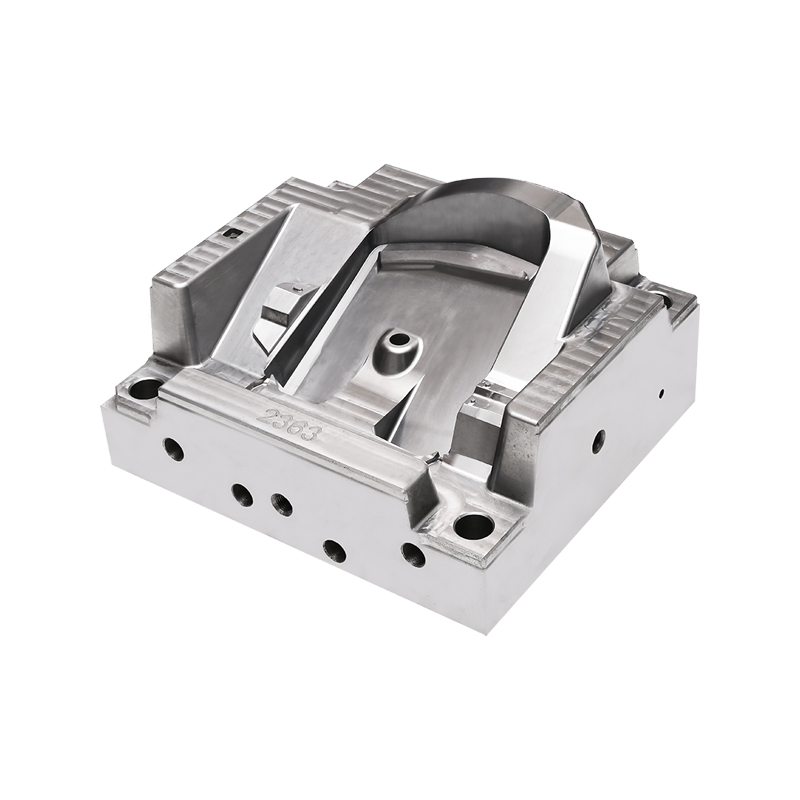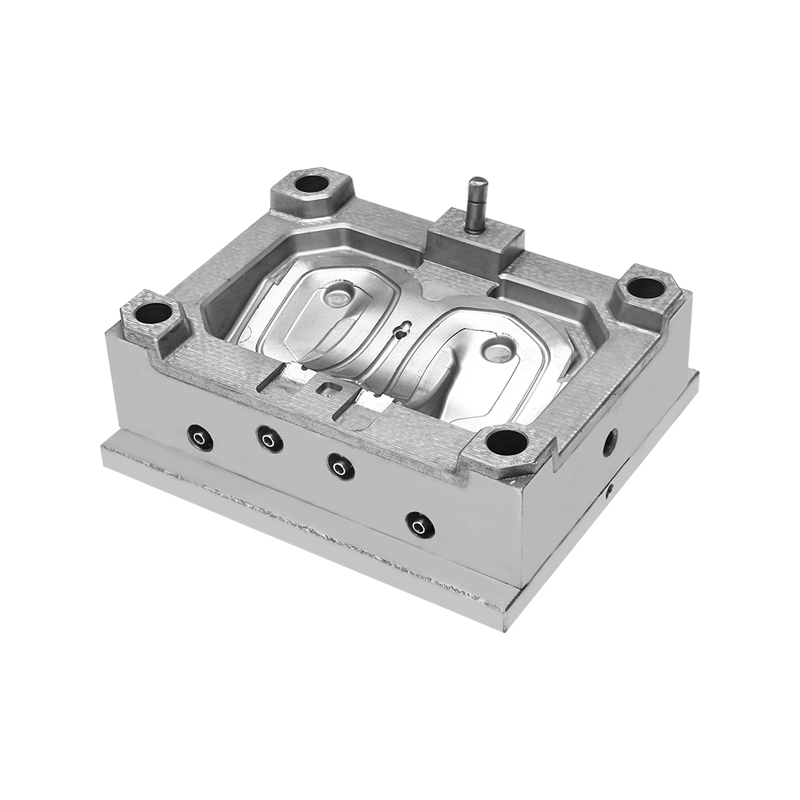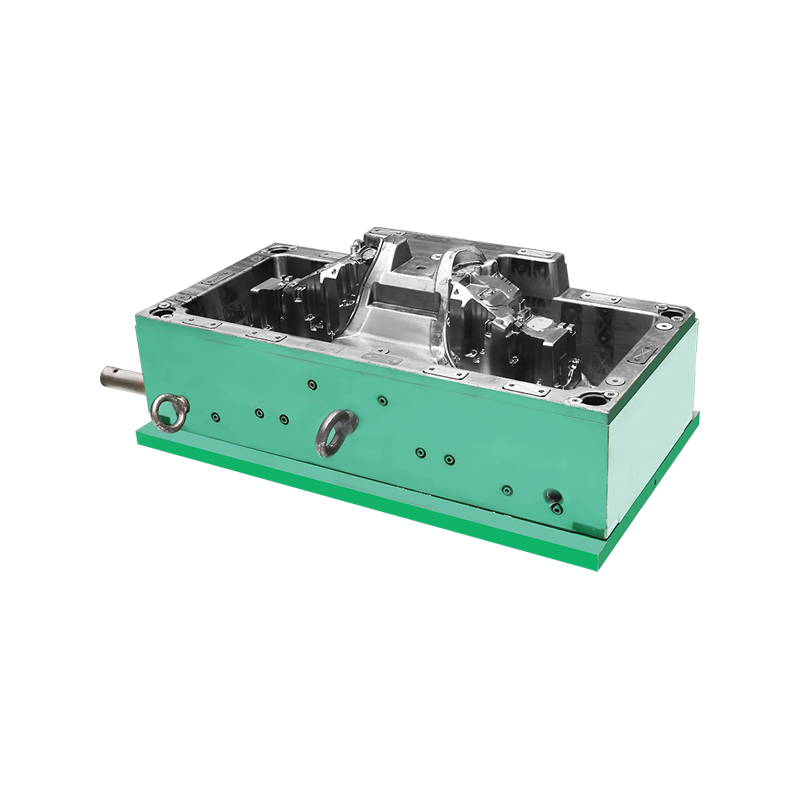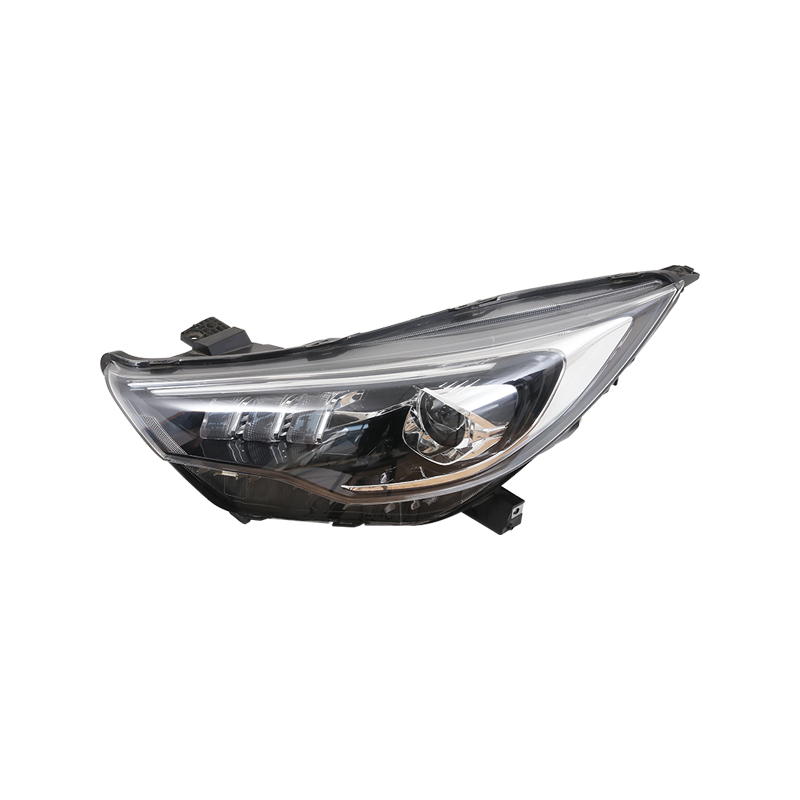OEM auto car body protector moulding Factory
Car body moulds are indispensable tools in the automotive manufacturing process, playing a fundamental role in shaping the vehicle's exterior and ensuring the precision and quality of the final product. These moulds are integral to producing various types of automobiles, including sedans, SUVs, and electric vehicles (EVs). This article explores the core functions of car body moulds in automotive manufacturing, detailing their applications across different vehicle types and highlighting their importance in the industry.
Car body moulds are used to create the intricate shapes and components of a vehicle's exterior. They are designed to produce high-quality parts that meet strict automotive standards. The core functions of car body moulds include:
Car body moulds are crafted to achieve the exact dimensions and shapes required for vehicle components. Precision is crucial to ensure that parts fit together seamlessly and perform as intended. High accuracy in moulds helps reduce the need for post-manufacturing adjustments and minimizes defects.
Car body moulds ensure consistent quality and reproducibility across large production runs. Once a mould is created, it can be used repeatedly to produce identical parts, which is essential for mass production. Consistency in moulding helps maintain the uniformity of vehicle parts, which is critical for assembly and overall vehicle performance.
Car body moulds are made from durable materials such as high-strength steel or aluminum alloys, designed to withstand the rigours of high-volume production. Their durability ensures that they can produce thousands of parts before requiring maintenance or replacement.
The role of car body moulds varies depending on the type of vehicle being manufactured. Each vehicle type has specific requirements for car body moulds, reflecting differences in size, design complexity, and material needs.
Sedans are one of the more common types of vehicles, characterized by their streamlined design and focus on comfort and efficiency. Car body moulds used in sedan manufacturing are designed to create parts with smooth contours and high-quality finishes.
Car body moulds for sedans are often designed to produce complex shapes with smooth curves. The precision of these moulds is critical to achieving the sleek and aerodynamic design that is typical of sedans.
The moulds used for sedans must produce parts with nice surface finishes. This is important for both aesthetic appeal and aerodynamic performance. High-quality moulds ensure that sedan parts meet the desired standards without visible defects or inconsistencies.
Moulds for sedan components are typically made from materials that can handle the high production volumes and detailed designs required for these vehicles. The choice of material affects the longevity and performance of the moulds.
SUVs (Sport Utility Vehicles) have a distinct design that includes larger dimensions and more robust structural elements compared to sedans. Car body moulds for SUVs must accommodate these differences and ensure that the vehicle's exterior meets durability and safety standards.
SUV car body moulds need to be designed to handle the larger size of the vehicle's components. This often involves creating moulds that are capable of producing larger panels and structural elements.
The moulds used for SUVs must be robust enough to produce parts that can withstand the stresses and strains experienced by these vehicles. This includes reinforcing moulds to ensure that they can handle the additional material and pressure required for SUV parts.
SUVs often have additional design features such as larger grilles and more intricate body lines. Car body moulds for SUVs may need to be customized to accommodate these design elements and ensure a suit fit.
Electric Vehicles (EVs) are becoming increasingly popular due to their environmental benefits and advanced technology. The car body moulds used for EVs must address the unique requirements of these vehicles, including their design and material considerations.
EVs often feature innovative designs that focus on aerodynamics and energy efficiency. Car body moulds for EVs are designed to create parts that contribute to the vehicle's aerodynamic profile and overall efficiency.
Many EVs use lightweight materials such as aluminum or advanced composites to improve energy efficiency and performance. Moulds for EVs need to be designed to work with these materials and ensure that the parts produced meet the required strength and durability.
EVs often have integrated components such as battery enclosures and cooling systems. Car body moulds for EVs may need to accommodate these integrated features and ensure that the parts fit together correctly.
The use of car body moulds has a significant impact on various aspects of automotive manufacturing:
Car body moulds enable high-volume production of vehicle parts with consistent quality. This efficiency is crucial for meeting the demands of the automotive market and reducing production costs.
High-quality car body moulds contribute to the overall quality of the vehicle. By ensuring that parts are produced with precision and consistency, moulds help maintain the high standards required in the automotive industry.
The ability to create complex and customized parts through advanced moulding technologies allows for greater design flexibility. Manufacturers can explore innovative designs and features while ensuring that the parts meet performance and safety standards.
Car body moulds play a central role in automotive manufacturing, shaping the exterior of vehicles with precision and consistency. Their importance is evident across various vehicle types, including sedans, SUVs, and electric vehicles. By understanding the specific requirements for each type of vehicle and leveraging advanced moulding technologies, manufacturers can produce high-quality parts that meet the demands of the automotive industry. The effectiveness of car body moulds in ensuring production efficiency, quality assurance, and design flexibility underscores their crucial role in the automotive manufacturing process.

 English
English 中文简体
中文简体 русский
русский Español
Español








